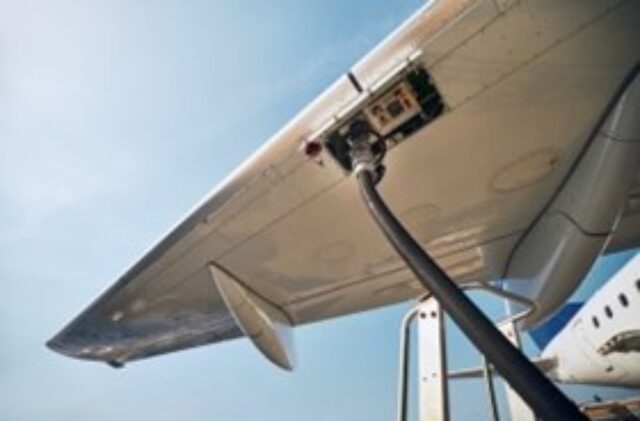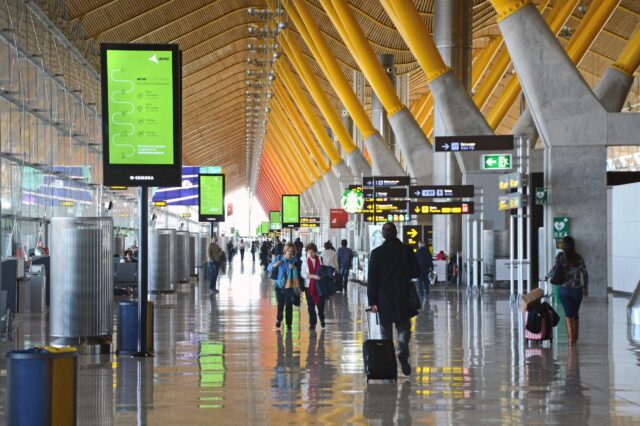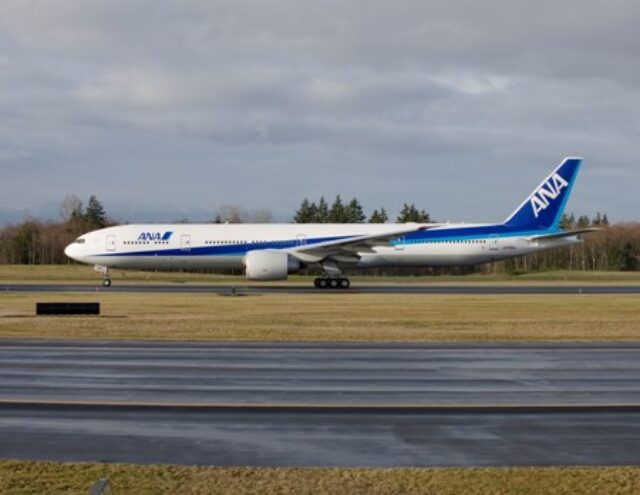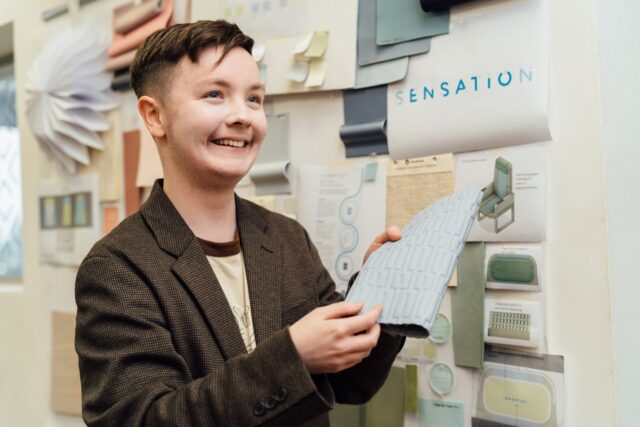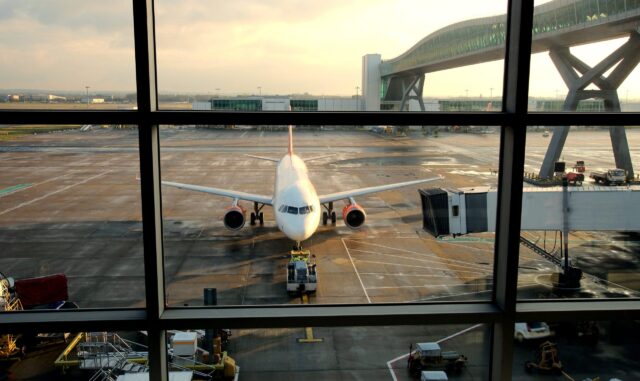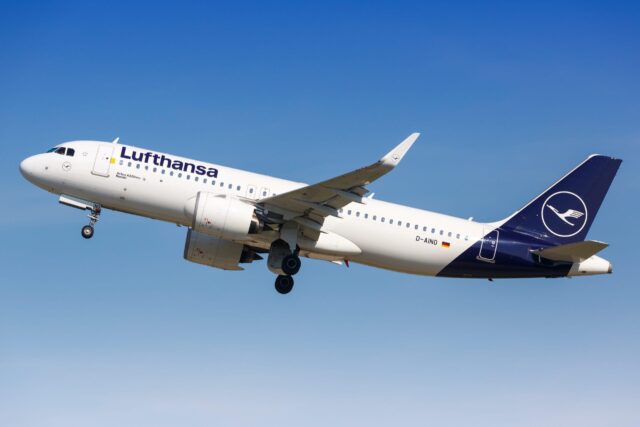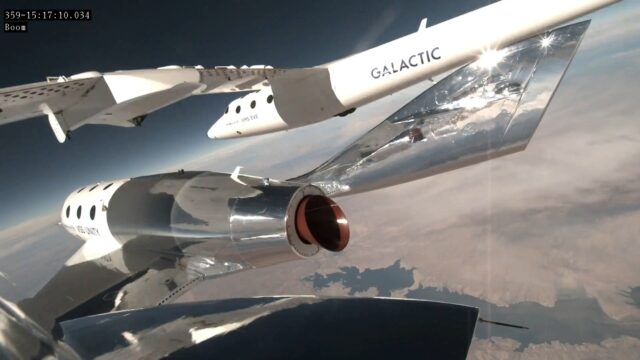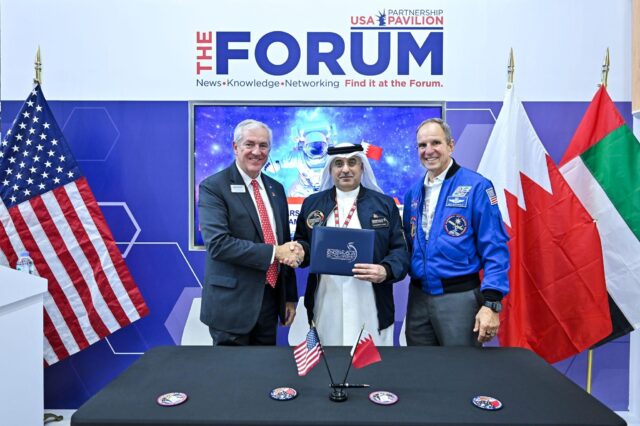Diamond-led hydrogen-electric aircraft concept adapted for VTOL architecture
May 2, 2025

Diamond Aircraft is to co-ordinate a hybrid-electric aircraft concept, co-ordinated by the Austrian Research Promotion Agency (FFG) and in receipt of governmental funding, to “advance understanding of gaseous hydrogen’s potential as a fuel source for hybrid powertrains in general aviation”.
Bringing together a variety of research bodies, research will be undertaken at Diamond Aircraft’s facilities in Wiener Neustadt until the end of 2025, including manufacturing and testing of the Hydrogen-based Twin-engine Electrification and Digitization Testbed (H2EDT) aircraft. Insight leveraged from the project is expected to be presented in the first half of 2026.
The test aircraft will consist of “a scaled General Aviation platform and will include a fuselage, sets of independent batteries, hydrogen fuel cell and hydrogen storage system, and up to ten electric motors and propellers,” confirmed Diamond. Although the team had initially intended to develop a traditional twin-engine powertrain architecture, the design has since been adapted “to enable testing of a VTOL platform with up to ten motors,” it added.
Using a half-scale CS-23 VTOL platform (such as the example illustrated), this “simple yet representative platform” will provide instrumental in “accelerating development cycles and ensuring the safety of future hybrid aircraft”. As well as the aircraft itself, a digital twin developed in co-operation with the TU Graz technical university is set to “provide insights beyond the scope of the H2EDT testing”.
Crucially, with insolvent Volocopter in the process of being acquired by Diamond’s wholly-owned subsidiary Heptus 591, it could be that the new hybrid propulsion system is being directly developed for the eVTOL’s multicopter (18 fixed-pitch propellers) architecture. It certainly wouldn’t be the first eVTOL to consider harnessing the high energy density attributes of hydrogen – with Joby having also completed a landmark 523 mile flight of its demonstrator aircraft back in July 2024; supported by hydrogen specialist and subsidiary H2FLY.
Diamond states the unique differentiation of the H2EDT test aircraft is its “digital power system,” implemented via a power board developed by research partner FH JOANNEUM, as well as its ‘parallel’ hybrid architecture (whereby batteries or hydrogen fuel cells can both directly power any motor in the system).
Additionally, the new project also aims to “define certification and design guidelines for a possible follow-up hydrogen project on a full-scale General Aviation platform,” added Diamond. This could represent a different alternative propulsion direction to the previously proposed eDA40, a derivative of the existing certified DA40. Although certification had previously been anticipated to arrive in 2024, in April of that year, inaugural customer European Flight Academy stated that basic EASA certification of the all-electric eDA40 was expected for 2025.
The H2EDT consortium has received funding from the Austrian research funding Take Off, a Research, Technology and Innovation Funding Program of the Republic of Austria, Ministry for Innovation, Mobility and Infrastructure (BMIMI). The Austrian Research Promotion Agency (FFG) will manage the programme.

